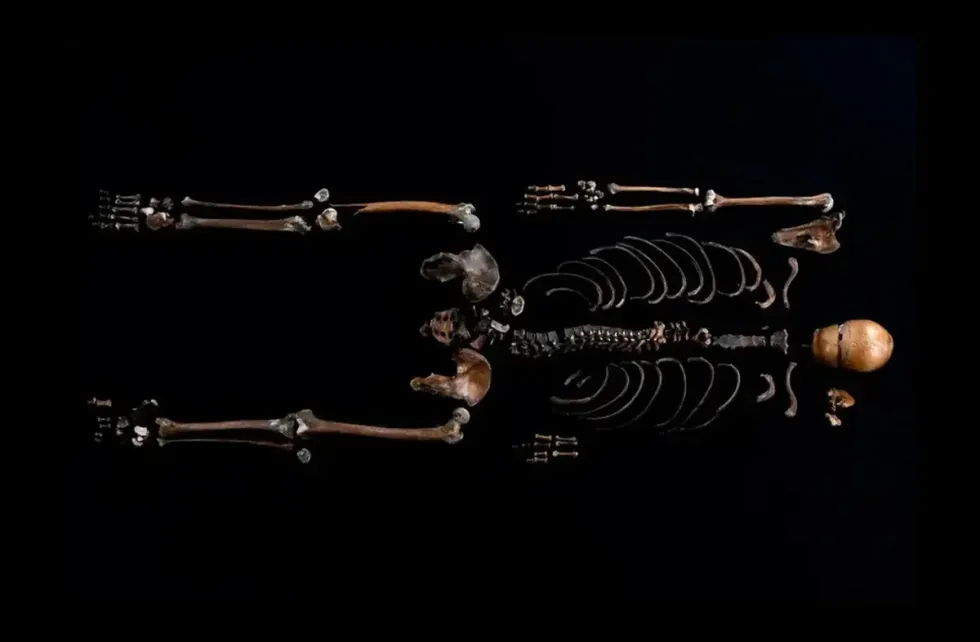Science & Tech
Jake Brigstock
Nov 06, 2024
Norway's melting ice reveals artifacts hidden for centuries
DW - Politics & Society / VideoElephant
More than 825 years ago, in 1197, an ancient saga tells the story of a man's body being thrown into a well by those looking to capture Sverresborg castle outside Nidaros, now the central Norwegian city of Trondheim, and scientists think they may have found him.
A passage in the Norse Sveriis Saga, the storyof King Sverre Sigurdsson, details a military raid that happened with a body being thrown into a well which was likely an attempt to poison the main water source for locals.
Now a new study published in iScience details how researchers have used ancient DNA to corroborate events to discover further details about the man.
Professor Michael D. Martin, of the Norwegian University of Science and Technology’s University Museum in Trondheim, Norway, said: "This is the first time a person described in these historical texts has actually been found.
"There are a lot of these medieval and ancient remains all around Europe and they're increasingly being studied using genomic methods."
Bones were found in the well at Sverresborg Castle in 1938 but researchers then did not have the tools to do much more than visual analysis.
But now researchers have used radiocarbon dating and advanced gene-sequencing technology to find out more about the man.
Results confirmed the body is around 900 years old and previous studies found the body was that of a man who was between the ages of 30 and 40 when he died.

Dr Martin Rene Ellegaard of the Norwegian University of Science and Technology said: "We can corroborate what actually happened in a more neutral way."
As part of work towards a doctoral degree, he used samples of a tooth obtained from the man's skeleton to sequence the man's genome which revealed he most likely had blue eyes and blonde or light-brown hair and his ancestors likely hailed from the southernmost Norwegian county of present-day Vest-Agder.
But there are limitations to the technology used.
Sampling the genome required the outer surface of the tooth to be removed and ground down into a powder, meaning it can no longer be used for further tests and researchers could not get any data on pathogens he may have been carrying at the time of death.
The researchers have said they want to try out test samples from other historical figures.
How to join the indy100's free WhatsApp channel
Sign up to our free indy100 weekly newsletter
Have your say in our news democracy. Click the upvote icon at the top of the page to help raise this article through the indy100 rankings.
Top 100
The Conversation (0)














